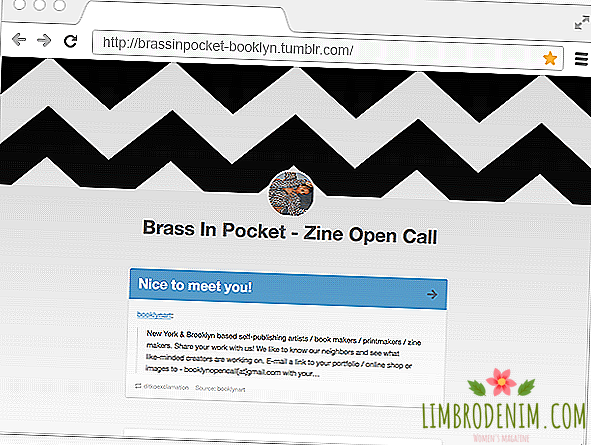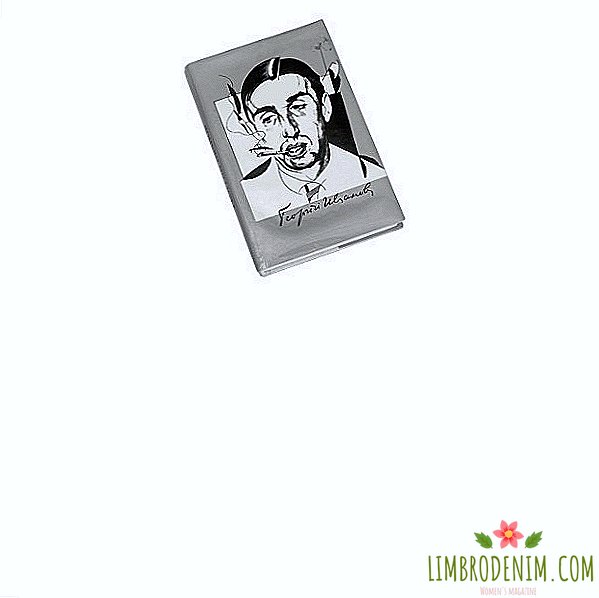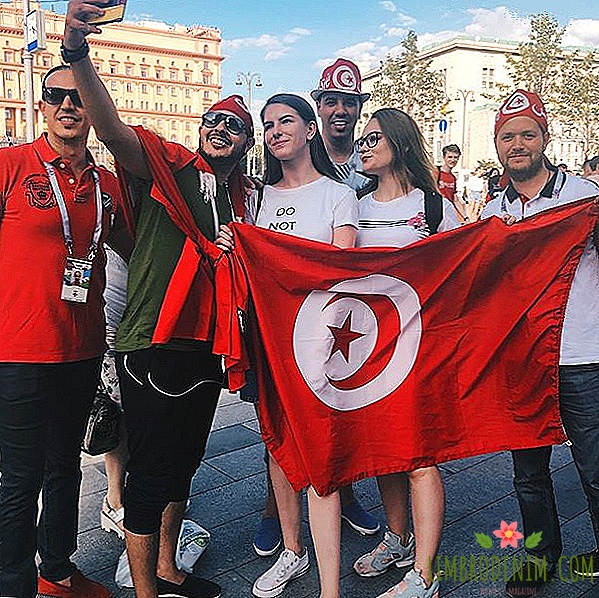Samizdat: 7 art-zinov with a female edition
Text: Asel Suleeva
Zina - samizdat, flourished during the punk boom of the 70s - is loved for DIY-aesthetics, modest circulations that make them collectible objects, and small editions: you always know who is talking to you and about what. We found several female zines devoted to art and printing only or primarily female authorship. As one would expect, in most cases the focus of their attention is not so much on art as on the role of the woman in it.
Brass in pocket

Two Brooklyn feminists Liz Linden and Jen Kennedy at the beginning of last autumn held in the friendly gallery the exhibition "Brass In Pocket", shedding light on the current state of affairs in feminist art. The exhibition was named after the song of the same name The Pretenders, which is often considered the unofficial anthem of feminism. Linden and Kennedy decided not to dwell on this, and as an afterword, they issued a Zine with the same name a month after the end of the exhibition. The declared goal is to “explore new possibilities and overcome the usual ideas about feminist art.” In fact, the result of their work looks somewhat secondary: 44 pages of illustrations and collages are harsh on punk, DIY as it is - the traditional 80s feminist art from the 80s with Riot Grrrl and punk aesthetics. In Brass In Pocket you cannot find huge texts and analytical materials, only images and statements, which have always been more important for verbosity for art-zin.
Girls get busy

And again the ears of Riot Grrrl, a feminist movement that emerged in the early 90s around several female punk groups from Washington, which were developing quite frisky activist activities and letting out zina, were sticking out from everywhere. The heirs of the movement - the girls responsible for Girls Get Busy - are extremely prolific, the numbers are released one by one, each of which is necessarily crookedly laid out and contains suspicious poems ("Chasing a zebra"), absurd columns ("Do we need vagina monologues?") And some captaincy ("Lesbian is not a dirty word"). However, all this can be safely considered a tribute to punk aesthetics, and the fact that modern feminists should not be surprised by the leitmotif of photographs and illustrations in this zine, for example, tampons.
Bunny collective

The creator of the Bunny Collective - a student of art college Samantha Conlon, the other girls were found in the same college and on the Internet. The participants of the union themselves, when describing what they do, use another word in F - “female”. These girls also avoided fixating on DIY-aesthetics, in which more than half of female zins have strong fixation. The 14 artists involved in the Bunny Collective are engaged in fashionable things: a package in the corner of the room for them is an art object, and the hyphas from Skype chat are the work of the artist. You can relate to modern art as you please, but these girls sometimes manage to create the feeling that they just told you something personal.
One of my kind

OOMK makes four London illustrators with a Muslim background. The girls announced the content as “revolving around women's creativity, spirituality and creative potential” and stressed that they are primarily focused on cooperation with women in the Muslim world. In the first issue of OOMK, the theme of which was cloth, they gave out a text about women's handicraft work, told about an artist with Syrian roots and about an illustrator who manually embroidered her drawings. The second issue of Zina was devoted to the process of printing, its place in art and activism. Four of his six materials are feminist, as they say, to the bone marrow. A three-page manifesto against the publication of half-naked models in the Sun tabloid, interviews with the wedding generals of feminism, the Guerrilla Girls, and a dedication to veterans of the feminist samizdat. The activities of the latter, like the scandal with the Sun, originated in the 70s, and the Guerrilla Girls have been discriminating against women artists since 1985. In 2014, Marina Abramovich is not a hindrance for them, and GG is still the same. As compensation for these, for the hundredth time shaken up, the big deals of the last century, the issue has a first-person article about Muslim feminism - and this is really interesting and important.
Illuminati girl gang

For the Illuminati Girl Gang, there is an artist from Brooklyn Gaby Bess, from time to time writing for Dazed & Confused, Paper Magazine and The Daily Beast texts of feminist (of course) sense. However, like the Bunny Collective, this zin does without the use of the term "feminist" in the column "About". Three color numbers have already come out, full of reflection on the theme of women's experiences in the form of poetry, prose, essay, photographs, drawings and, where to go without them, collages. Among the authors of the founder of almost all the other female Zin.
SALT.

This Zine has four editors - all, of course, girls and in addition, the owners of a completely fatal appearance. Three sultry brunettes and infernal-looking redheads could make up a cast of a serial about witches, vampires or some other dangerous girls. Perhaps it is the exterior that gives them strength, or maybe it just coincided, but they get a magazine that is clearly not about emotional exhibitionism. Unlike soaked through with the vulnerability of IGG and Bunny Collective, their zine does not resemble someone’s personal diary. The theme of the last SALT number. There was a luxury, the previous one - transparency and saliropiliya (uncontrolled craving for saline physiological fluids). Girls publish in Zine the works of contemporary artists and analytical texts about the transformation of feminism, for example. The selection of authors are relaxed and often take in the company of men.
Shabby doll house

At first, a girl named LK Shaw made this zine alone, and later Sarah Gene Alexander joined her as the editor of the poetic section. Without prejudice about the gender of the authors, the girls publish prose, poetry and visual art of all indiscriminately - the main thing is that the views of these authors coincide with their own. In an interview with one site, the creator of Zina says that she doesn’t really like hyperromanticism and ornate language, and that, perhaps, they can be called a punk magazine. Fortunately, this does not mean that Shabby Doll House is another Riot Grrrl memorial. The girls just very calmly approach the creation of the magazine, spitting on all the fad and being guided only by their own taste, with which everything is in order.




